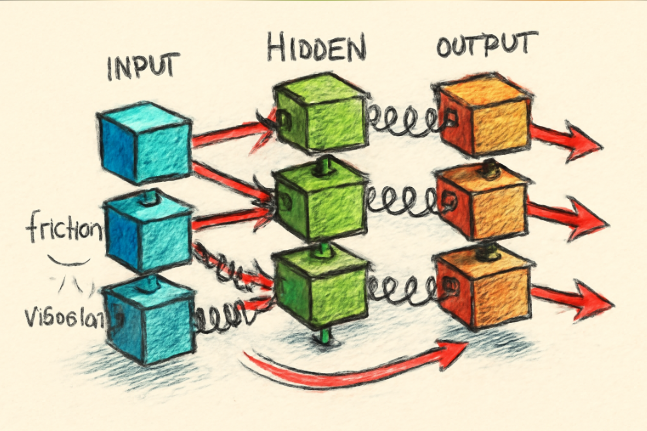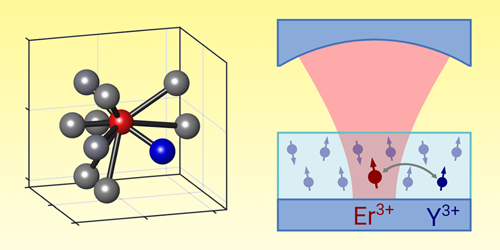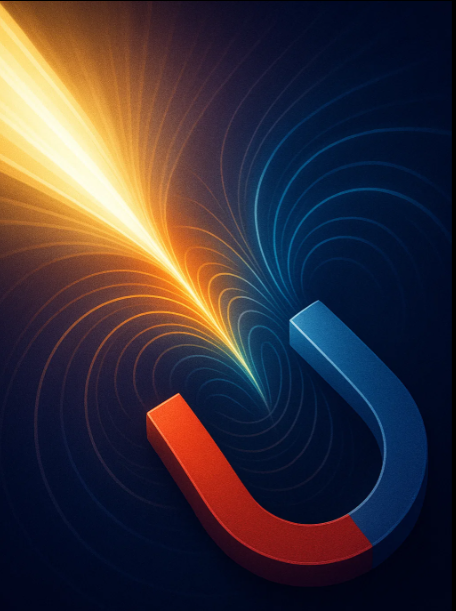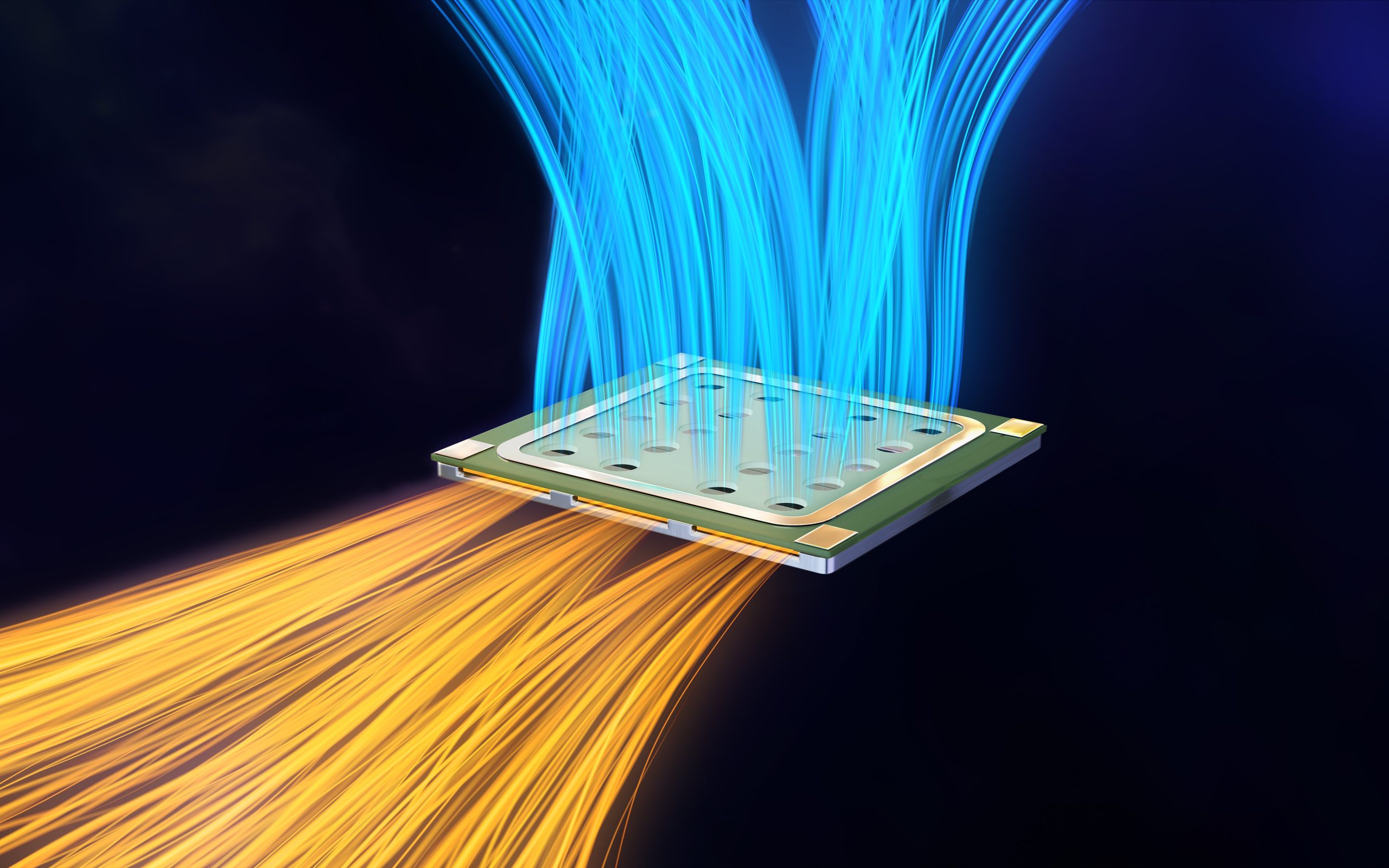I remember the exact moment in The Matrix Reloaded when Agent Smith, the then no longer bound by the rules of the system, looks at Neo and says, “Me, me… me too!”
Read MoreCategory: Futuretech Tonics
When Light Starts To Think: A Journey Into Optical Computing
If I ask you, what scene in The Matrix that’s always stuck with you, I’m sure most of us would say, the bullet-dodging or the red pill. But for me it’s when Morpheus tells Neo that what he thinks is real is actually just electrical signals interpreted by his brain.
Read MoreData Visualization: Charts & Graphs Are More Than Just Numbers
Have you ever looked at a chart and thought “this looks like something I’d see on social media, so, it’s not a serious study”? I always take it in with a grain of salt.
Read MoreTeaching Machines to See: What 2001’s HAL Got Wrong About AI
I was very young when I first saw 2001: A Space Odyssey. I think that was the moment when my awe with AI began. For me, HAL 9000 epitomized the “perfect” AI assistant. An intelligent machine, which is always next to you, adaptable with how you speak and is super capable of managing complex operations, and of course seemingly infallible.
Read MoreAI for Chemistry: MIT’s Approach Predicts Reactions While Following Physical Rules
A team of researchers at MIT has developed a new generative AI approach called FlowER (Flow matching for Electron Redistribution). It’s a way to use AI for predicting chemical reactions, but what caught my attention is how they approached one of the biggest pitfalls in this area, which is, keeping the predictions physically real.
Read MoreSpring-Block Model: A Mechanical Analogy for How Deep Neural Networks Learn and Separate Data
I’ve been thinking a lot about how deep neural networks actually learn. I mean, those complex stacks of layers, how do they figure out the mechanics to recognize images or understand speech? These layers must be working together to make sense of raw data, but how?
Read MoreMeet the Chip That Could Change How Your Devices Use Power
Wireless communication seems easy because it happens without us noticing, but inside, devices have to carefully balance sending data quickly, keeping the signal clear, and using as little power as possible. When devices send signals through the air, the signals aren’t always perfect, and using more power to make the signals stronger costs more battery life. That’s why a new transmitter chip from MIT and a few partner universities is turning heads.
Read MoreWhat Happens When Equally Good Algorithms Disagree?
You’d expect the same input to get the same answer, right? But in machine learning, that’s not always the case.
Read MoreMeasuring Convexity in AI: Linking Machine Learning to Human Concept Understanding
Researchers at Technical University of Denmark have found an interesting connection between how humans learn and how computers learn. It talks about a special shape in math called convexity. This shape might help us understand how our brains and computer programs figure out ideas and understand things around us.
Read MoreListening to Spins One Atom at a Time: Cavity-Enhanced Spectroscopy
Scientists have been studying tiny magnetic bits inside solids called spins. These spins are important because they could be the building blocks for future technologies that use quantum physics, like super-secure communication or super-fast computers.
Read MoreBreakthrough in Nonreciprocal Light Speed Manipulation via Cavity Magnonics
Imagine you’re standing on a road where cars drive in both directions. Generally, the speed limit is the same whether you’re heading north or south. That’s exactly how light usually works in most systems, the “speed limit” stays the same no matter which way it’s going. This is called reciprocal control, the system treats both directions equally.
Read MoreTerrell-Penrose Effect: Visualizing High-Speed Relativity
I’ll be honest, I have always thought ‘thought-experiments’ can never be visually demonstrated. And so, we would have to keep imagining intangible concepts in our minds, like, what happens to an object traveling at the speed of light, where time would seemingly stop and length would contract. However, a group of researchers in Austria did something unbelievable. They visually demonstrated the Terrell-Penrose effect, a phenomenon predicted all the way back in 1959 but never actually observed.
Read MoreMaking Terahertz Waves Work on a Chip, Without the Bulk
Researchers at MIT have built a small chip that can generate terahertz waves more effectively and more affordably than what’s currently out there. That’s huge, ‘cause terahertz waves sit between radio and infrared on the electromagnetic spectrum, so they can carry more data than radio waves and see through more materials than infrared light. This makes them a promising candidate for faster wireless communication, sharper medical imaging, better security scanners, and smarter environmental monitoring.
Read MoreSmarter Connections: A Step Closer to Practical Quantum Machines
Have you ever watched two kids on swings, tied together by a spring? When one swings, the other starts moving too. That’s how scientists often imagine the relationship between light and matter at the quantum level. They call this a coupling , a way for two systems to influence each other.
Read MoreSmaller Than a Grain of Rice, This Pacemaker Runs on Light
Northwestern engineers have come up with something pretty wild, a pacemaker so small it can fit inside the tip of a syringe. Not only that, but it’s wireless, dissolves inside the body after doing its job, and can be injected without surgery.
Read More














